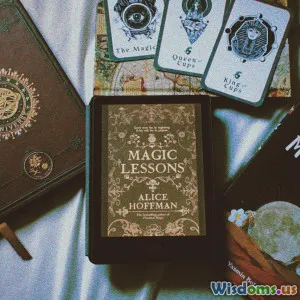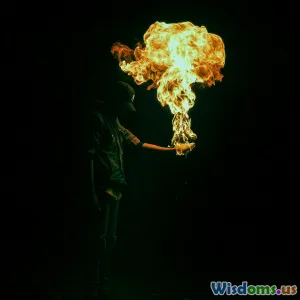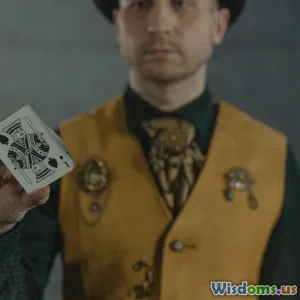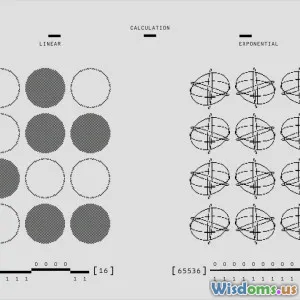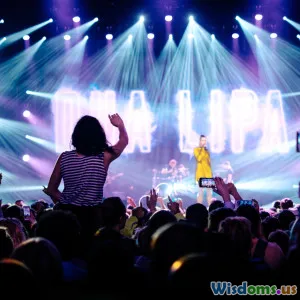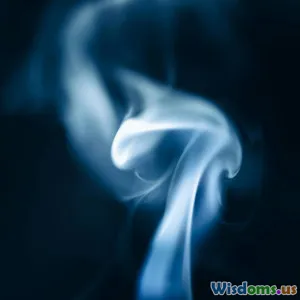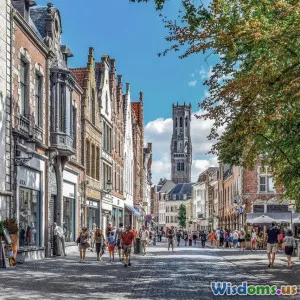
How Street Magic Influences Urban Culture Today
18 min read Explore how street magic shapes urban culture, inspiring creativity, diversity, and community interaction in modern cities. (0 Reviews)
How Street Magic Influences Urban Culture Today
Urban streets pulse with life, innovation, and creative energy. Amid the city’s sounds and sights, the art of street magic continually weaves itself into the tapestry of urban culture. Far more than mere entertainment, street magic forges connections, inspires innovation, and reshapes public spaces—courting a blend of surprise and community in concrete jungles across the globe. Delve into the captivating ways in which street magic electrifies city life and quietly transforms cultural dynamics.
The Revival of Street Magic in Modern Cities

In the high-speed world of the twenty-first century, tradition sometimes takes a back seat—but street magic persists as a form that reinvents itself while staying true to its roots. Resurgent since the 1990s thanks in part to personalities like David Blaine and Dynamo, the modern street magician blends classic sleight-of-hand with urban edge. Today’s performances migrate from classic city corners to markets, subway stations, and viral social media feeds.
Why the resurgence? Grand illusions were once the province of theater stages and television spectacles. Urban magic, however, captures authenticity: performed up close, without elaborate props or curtains. This intimacy challenges both audience and magician. With cameras in every pocket, magicians must be sharper and more innovative—their stakes higher. Passing a deck of cards through a chain-link fence can astonishingly seem more impossible on a bustling Brooklyn sidewalk than on any grand stage.
Notable Example: In Paris, the renowned magician Yann Frisch revitalizes street acts with surreal coffee cup tricks, re-engaging everyday passersby with the unexpected. When everyone carries a story online, the raw, interactive amazement of street magic feels unique and unfiltered.
Bridge-Building: Connecting Strangers Through Wonder

Urban areas teem with people, yet city life often isolates. Street magic subverts that isolation by bringing strangers together with a shared emotional spark. A simple coin trick can make busy commuters pause, laugh, and chat, breaking cycles of anonymity and monotony.
Psychological Insight: Neuropsychological research indicates that communal surprise and delight—essential elements of street magic—elevate oxytocin and dopamine, hormones tied to trust and pleasure. As a result, viewers often feel a sense of camaraderie, temporarily lowering social barriers. In the multicultural neighborhoods of London and São Paulo, language gaps dissolve as collective gasps ripple through crowds, uniting strangers through the universal language of amazement.
Cities like Barcelona take this a step further with legal permits and support for performers at famous intersections, encouraging public art as a method for social bridge-building. In effect, street magicians become urban lubricants, softening social friction with sleight-of-hand.
How-To: For those who want to harness magic’s connective power, here are a few tips:
- Keep props minimal for portability and larger audience reach.
- Learn interactions in multiple languages or with universally understood gestures.
- Use humor and improvisation to create spontaneous dialogue beyond the trick.
- Focus on interactive illusions—like levitating borrowed objects or involving crowd members in card selections.
Street Magic as Public Art and Performance
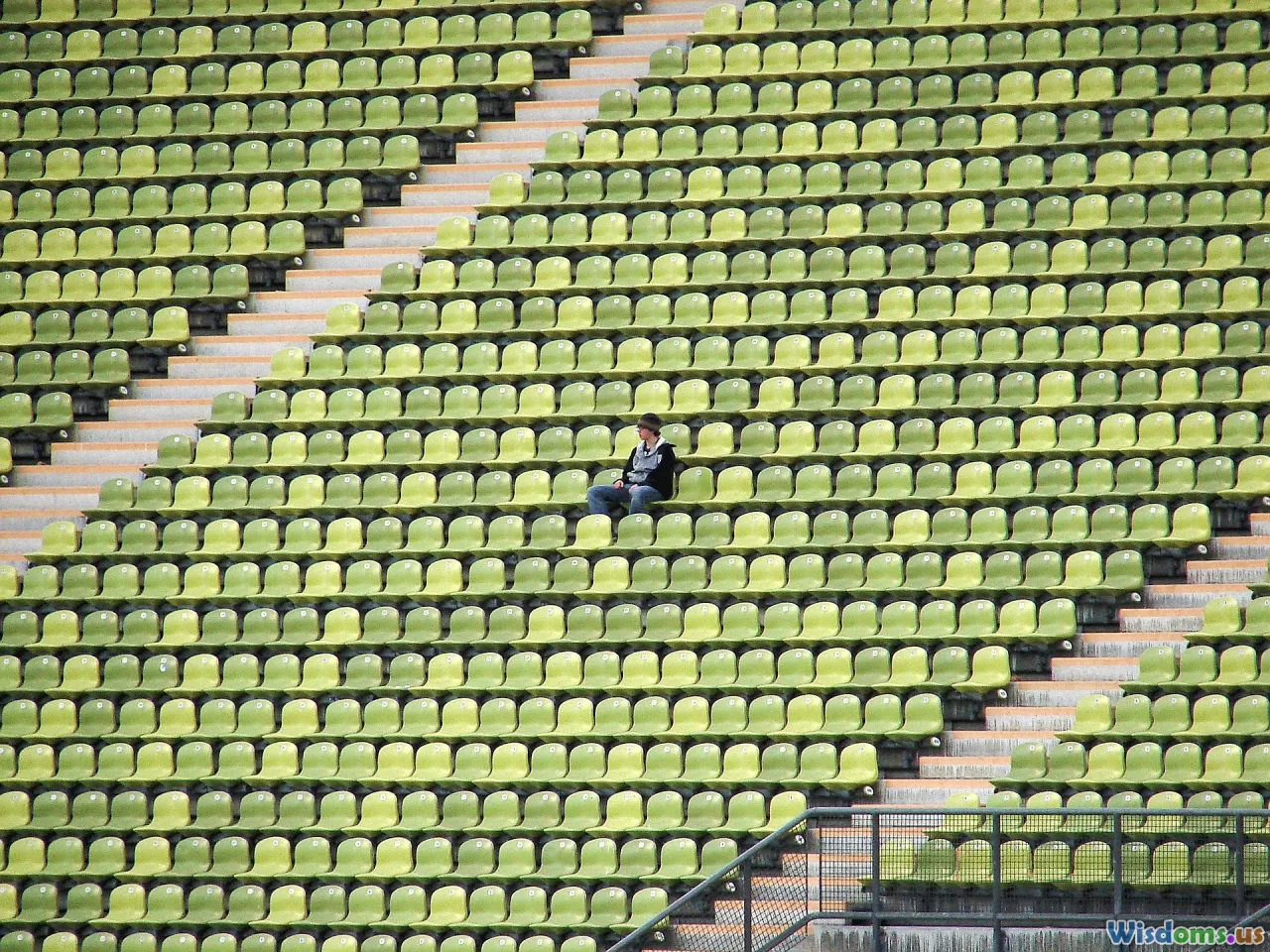
Street magic is more than just entertainment; it’s a mobile, living art installation. Like murals and pop-up sculptures, magic performances challenge city residents to engage in their environment in unexpected ways. These ephemeral performances temporarily transform an ordinary streetcorner or square into a gathering place, even if only for a fleeting twelve minutes.
Comparison: Imagine the famed Berlin East Side Gallery—a stretch of graffiti that has become a city landmark. Similarly, a recurring street magician in the same city block creates a living cultural asset, uniquely identified by the community and embraced as a touchstone. In New York's Washington Square Park, legendary performer "Magic Mike" has become a fixture, much like a piece of public art that evolves with every performance.
Magic’s presence is dynamic; it reacts to crowds, city moods, even unexpected tourists. As temporary outdoor art, street magic also reclaims public spaces for creative and spontaneous purposes—balancing commerce, community, and culture.
Actionable Advice: City councils and arts funders can:
- Foster zones for sanctioned street performances.
- Offer microgrants to up-and-coming magicians.
- Support artist-in-residency programs within public parks to encourage recurring exposure to urban magic.
Influence on Fashion and Urban Aesthetics
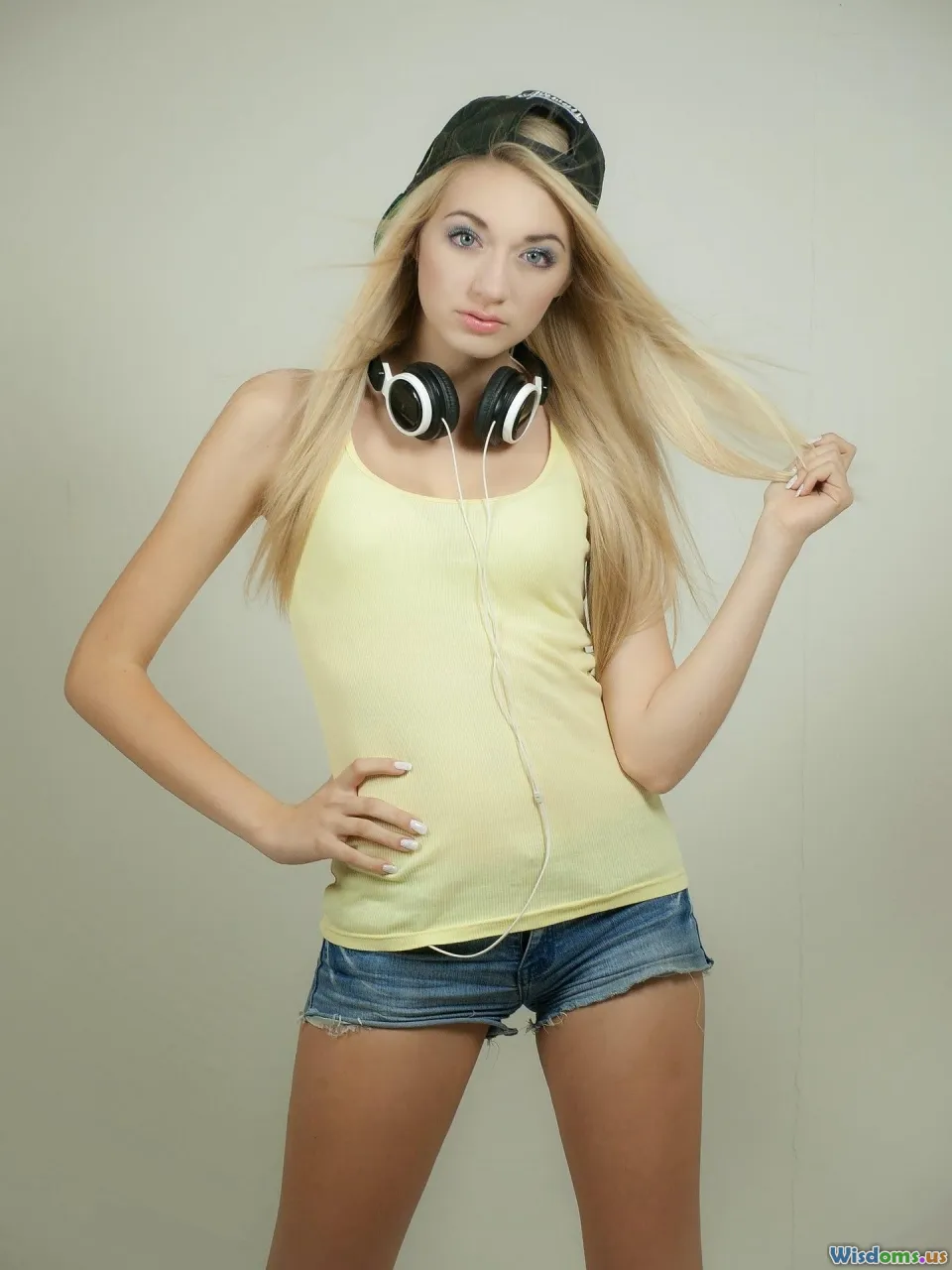
Street magicians cultivate an enigmatic aesthetic that has quietly percolated into urban fashion. Cloaks and capes have ceded ground to popping sneakers, tailored hoods, and minimalist streetwear—blend of slight irreverence with understated flair.
Take magician Julius Dein: His signature look—a blend of casual hoodies, stylish sneakers, and unexpected color pops—mirrors the bold, laid-back fashion sensibilities popularized by urban youth. Street magic’s playful riffs on secrecy and misdirection have similarly crept into branding: Magic-themed tee shirts (cards, illusions, sleight-of-hand hints) pepper pop-up markets from Tokyo’s Harajuku to Chicago’s South Side.
Analysis: Collaboration between street magicians and urban fashion brands has flourished. In Los Angeles, surprise street magicians feature at product drops—blurring lines between fashion show and magic act, keeping audiences not just watching but mingling. Brands such as Supreme and Off-White have flirted overtly with magic themes in capsule collections, packaging, and campaigns.
Comparison: Just as skateboarder style influenced both mainstream and luxury sectors, street magic’s distinctive wardrobe and mystique have left their mark, inspiring self-expression and challenging traditional urban dress codes.
The Viral Edge: Social Media and Citywide Fame

Today, a performance witnessed by 20 onlookers can be shared with 200,000 thanks to viral smartphone video. Urban magic’s blend of authenticity and instant impact dovetails with the interactive, fleeting consumption habits of platforms like Instagram, TikTok, and YouTube.
Magicians have embraced social media not simply as a ledger of their skills, but as an amplifier. Viral sensations like Chris Ramsay and Shin Lim have built global followings from snippets of street magic, shot on subways and rooftops, that start in a single city then traverse the world online. Major cities such as New York, Bangkok, and Johannesburg have become launchpads for these digital magic moments, exported to millions.
Concrete Tip:
- Magicians maximize virality using ultra-visual illusions (cardistry, levitation, street stunts) that catch the eye within three seconds—the TikTok standard for cementing interest.
- Smart edits, crowd reactions, and behind-the-scenes reveals generate loyalty and relatability beyond the four-minute routine.
- Social geotags and location hashtags (e.g., #MagicInLondon) foster digital tourism, pulling physical spectators to real-world city landmarks.
Social Commentary and Subtle Resistance
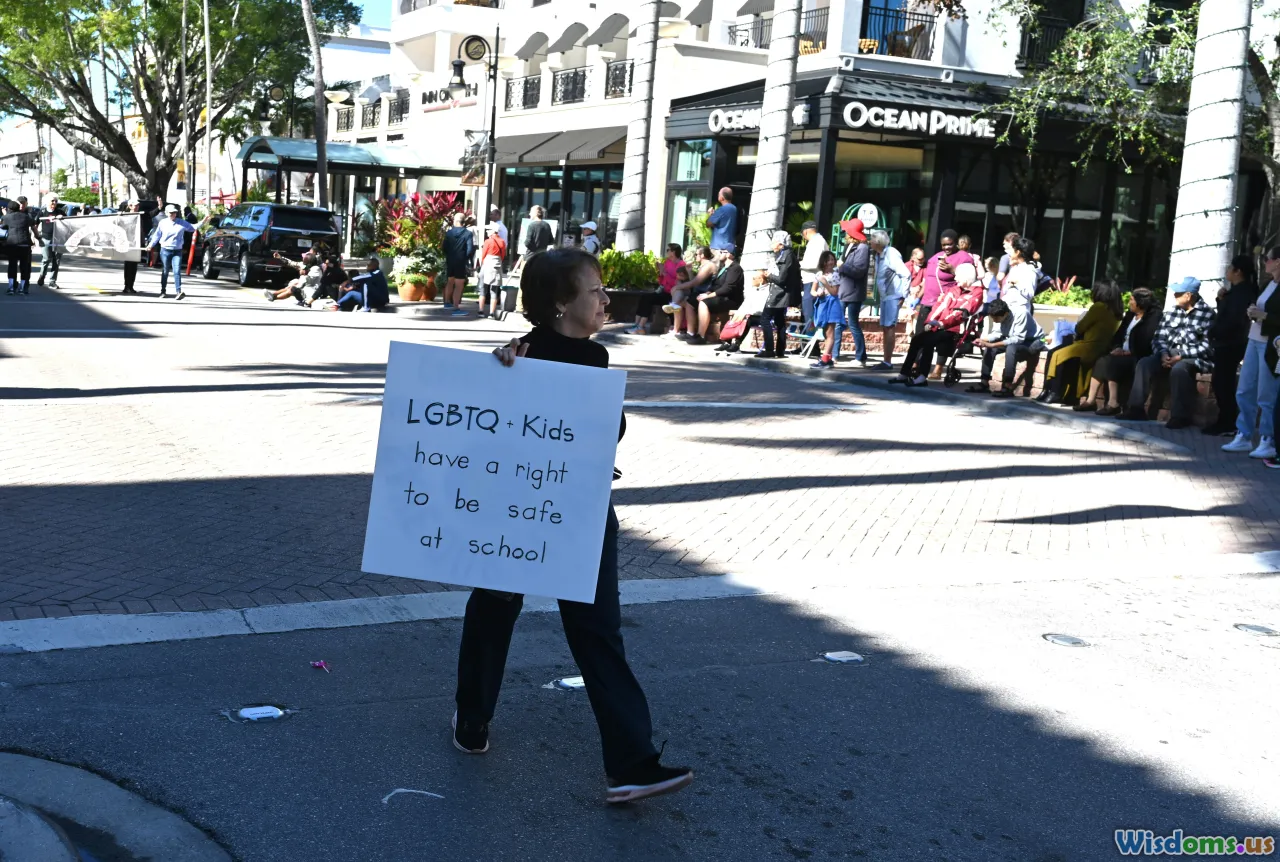
Beneath the fun, street magic has the power to deliver social and political commentary, piggybacking on its unique power to grab attention. In cities burdened by political turmoil or inequality, magicians have long acted as agitators or storytellers, using misdirection and metaphor as subtle forms of resistance.
Example: During Hong Kong’s 2019 protests, several illusionists crafted routines referencing lost freedoms or mass surveillance, framing handcuffs as metaphors or transforming blank paper (a protest symbol) into dramatic, symbolic forms. In past decades, the Argentine magician Reno Gilbert staged performances amidst economic crisis, deploying levitation tricks and playful vanishing coins to reflect citizens’ struggles with inflation and scarcity.
Street magic thus plays a dual role: entertaining while awakening critical thought. Its impermanence shields it from censorship and allows artists to poke at taboos. This capacity resonates powerfully among youth engaged in activism, making magic not just amusement but a call for awareness.
How-To for Impact:
- Use magic routines to illustrate urban issues (vanishing coins for disappearing public funds, linking rings as metaphors for solidarity).
- Collaborate with activist groups to enhance demonstrations with visual and performative elements.
- Harness street performance’s liminality—straddling legality but ultimately tolerated as social critique with a smile.
The Economy of Street Magic: Hustle and Urban Entrepreneurship
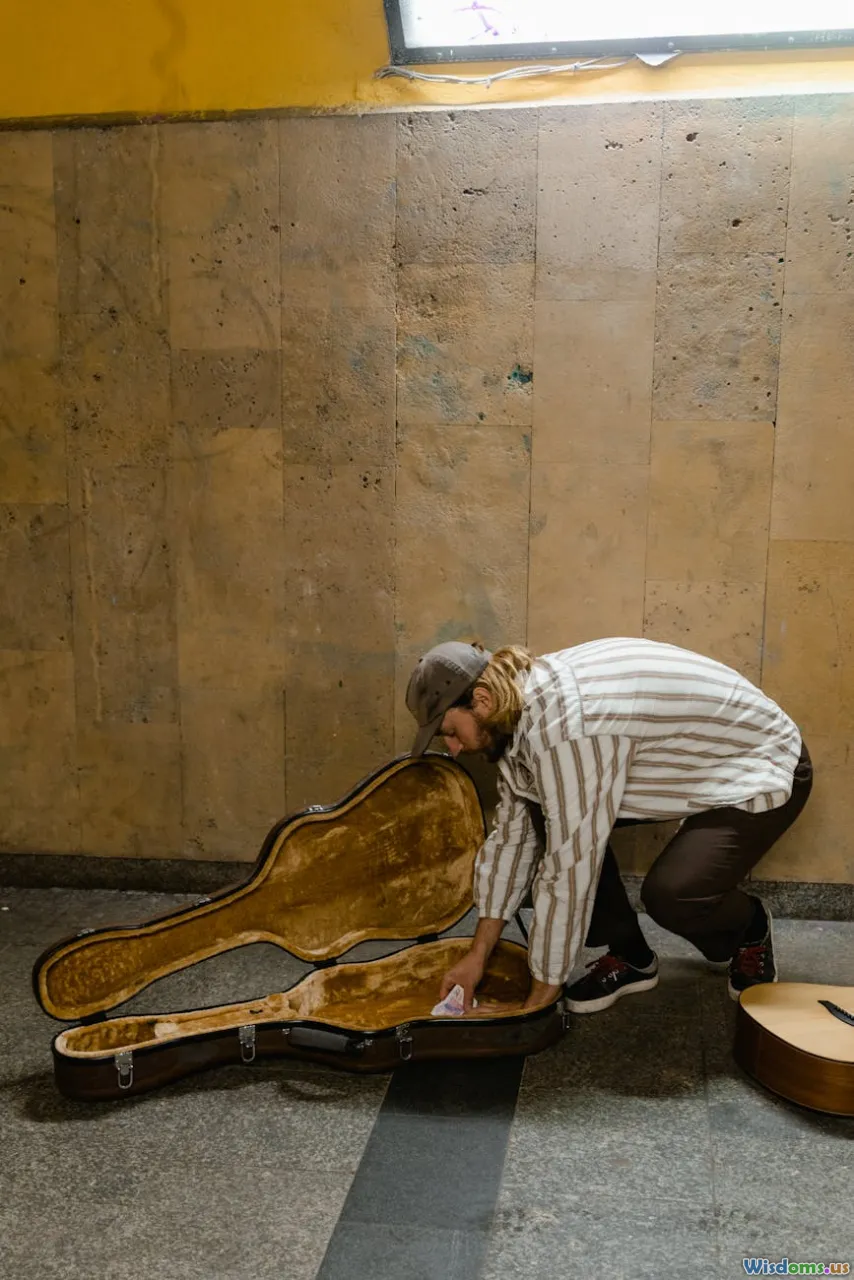
Urban survival stories often begin with resourcefulness, and magic offers a rare avenue for both self-expression and economic mobility. For many, street magic is a living—it can be a stepping stone from gig to gig, or a launchpad to stardom or business.
In Numbers: In places like London’s Covent Garden or New York’s Times Square, top performers can earn hundreds of dollars daily during tourist seasons—sometimes rivaling more traditional trades. Beyond physical tips, many supplement their income selling magic kits, private lessons, or digital content through QR-coded business cards handed out on the street.
Tip:
- Use a visible tip jar or wearable QR code for instant payments (Venmo, PayPal, or WeChat).
- Diversify offerings—teach quick magic lessons post-performance, or upsell souvenir cards with custom tricks.
- Network with local shops and cafes for paid, pop-up performances.
Urban Example: Penn & Teller, now Las Vegas stars, began as street buskers—demonstrating the potent blend of hustle, showmanship, and urban exposure leading to larger entrepreneurial opportunities.
Inclusive Magic: Representation and Breaking Stereotypes
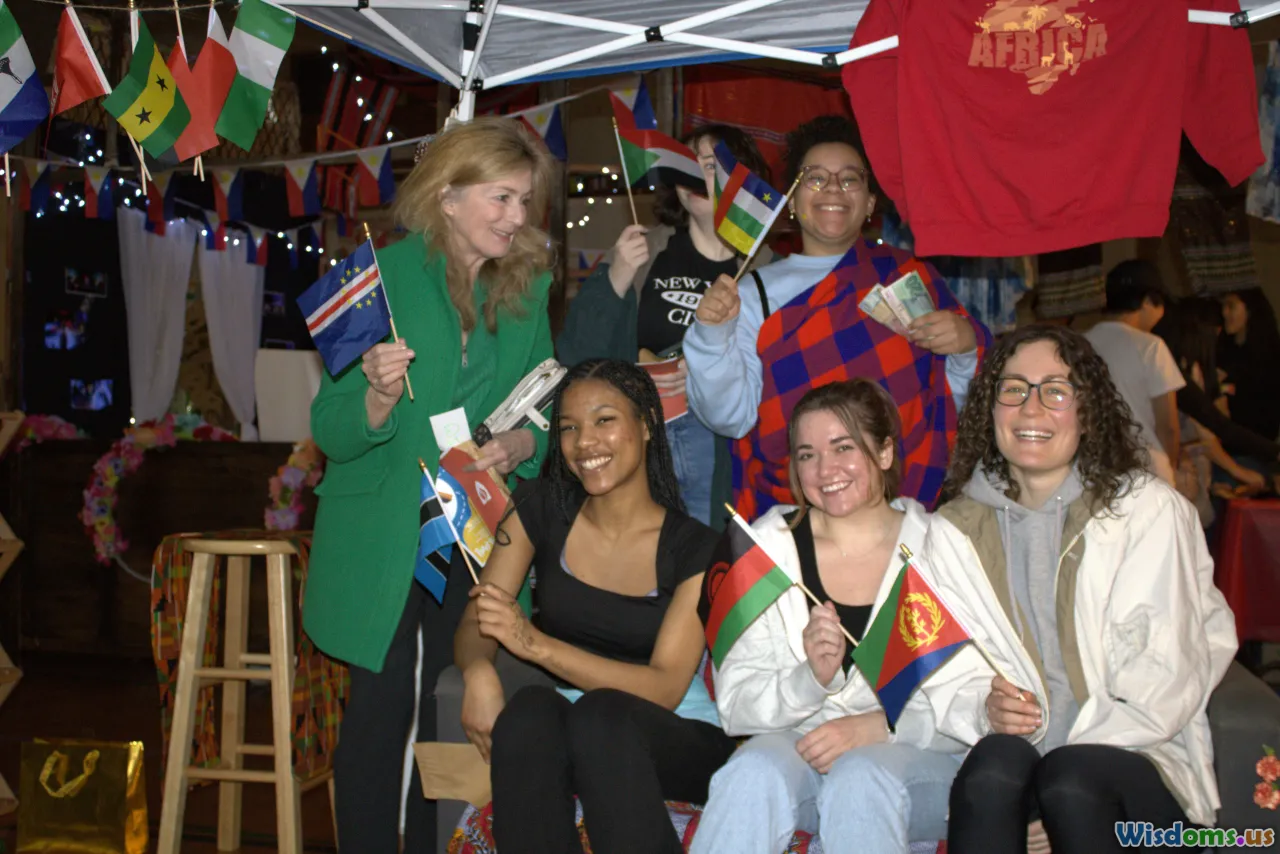
Urban street magic is innately democratic—accessible both to performers and audiences of every background. Traditionally dominated by a narrow demographic, modern street magic now reflects the growing diversity of city populations.
Progress has been visible:
- Groups like the "Sisters of Mystery" in New York feature women performers once blocked from mainstream magic stages, now dazzling diverse crowds and challenging industry stereotypes.
- Teens in Johannesburg or São Paulo, often excluded from elite magic circles, gain visibility with viral outdoor tricks. In Mumbai, female illusionists and LGBTQ magicians openly perform in main plazas, shifting norms with every show.
Magic’s seamless blending of ethnicity, gender, and age embodies the urban ideal—where creativity and community trump credentials or pedigree. This not only broadens public perceptions of who can make magic happen, but encourages more inclusive participation, both as performers and audience members.
Actionable Steps:
- Offer free, public workshops in underserved neighborhoods to encourage emerging talent.
- Highlight diverse performers at city festivals or during tourism seasons.
- Use city-sponsored social campaigns to spotlight inclusivity in magic, mirroring similar drives in street art and music.
Digital Augmentation: AR Magic and Blurring Physical Limits

Technology is catalyzing entirely new forms of street magic—where digital meets physical. Augmented Reality (AR) apps now allow performers to conjure floating objects or moving graphics seen only through spectators’ phones, fusing tech curiosity with ancient illusion.
Example: In Tokyo’s Shibuya district, tech-savvy street magicians incorporate AR prompts, asking passersby to point their device at a QR sticker—triggering intricate magical effects on their screens layered atop real-world backgrounds. This interactive, participatory style not only modernizes street magic but appeals to hyper-connected urbanites used to digital novelty.
Cities such as San Francisco, Berlin, and Shanghai showcase AR performers at night markets, with crowds of participants co-creating tricks by voting, swiping, or uploading their own illusions to screens embedded in the cityscape.
Tips:
- Combine classic tricks with smartphone interactivity: quick scans can unlock secret clues, making magic immersive.
- Use city events (festivals, tech nights) to position AR magic acts as futuristic performance art.
Street Magic’s Enduring Impact on City Life
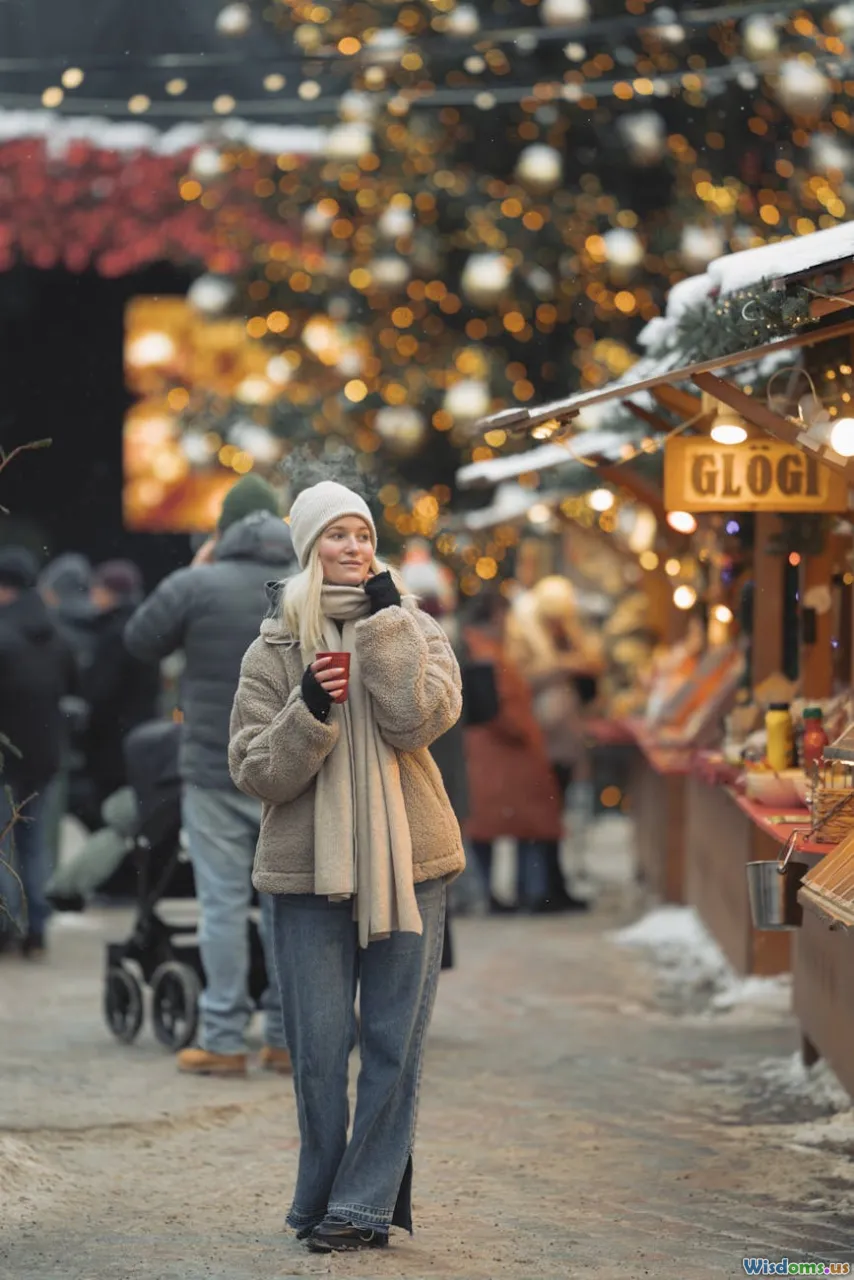
In a fractured world, city dwellers search for brief moments of awe and belonging. Street magic delivers these interludes—turning urban monotony into communal theater and reshaping cultural boundaries. Whether through the hush that sweeps a gathering as an impossible card appears, or the burst of laughter after a borrowed coin materializes out of nowhere, magic generates a shared experience in the public sphere.
As cities continue to evolve, street magic adapts with them: a mirror to shifting tastes, technologies, and social realities. Magic isn’t just performed against the backdrop of the metropolis—it is woven into its very identity, energizing everything from digital feeds to local economies and progressive social changes. Next time you see a crowd paused at the city’s heart, lean in: you just might catch a glimpse of urban wonder in its most unexpected form.
Rate the Post
User Reviews
Popular Posts










